Optimal Seasons for Faux Stone Siding Installation
Faux stone siding installations are most effectively completed during specific periods to ensure optimal adhesion and durability. The ideal time varies based on climate, temperature, and humidity levels, which influence installation quality and longevity.
Spring offers moderate temperatures and lower humidity, making it suitable for faux stone siding installation. Mild weather reduces the risk of adhesive failure and allows for proper curing.
Summer provides warm, dry conditions, ideal for installation. However, high temperatures can affect adhesive setting times, so early morning or late afternoon installations are recommended.
Fall's cooler temperatures and lower humidity levels create favorable conditions. Installing during this season can prevent issues related to moisture and temperature fluctuations.
Winter's cold temperatures and potential for snow or rain can hinder adhesion and curing. Installation during freezing conditions is generally discouraged.
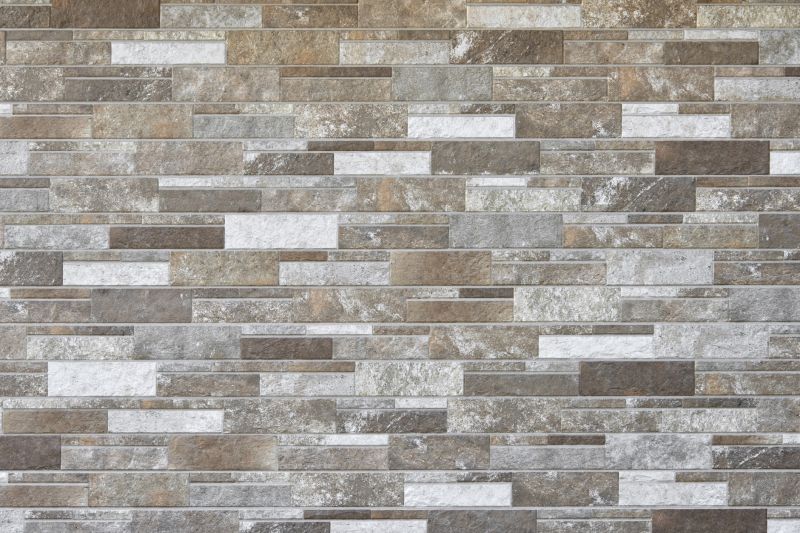
Ways to make Faux Stone Siding Installs work in tight or awkward layouts.

Popular materials for Faux Stone Siding Installs and why they hold up over time.
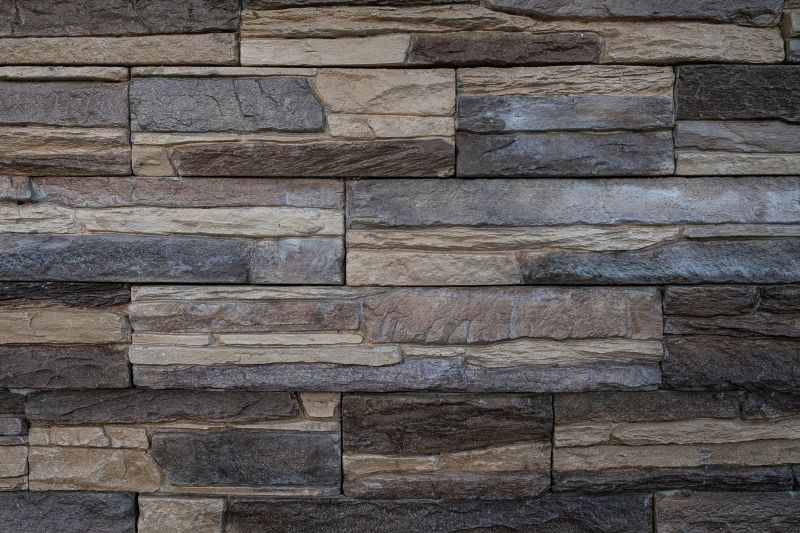
Simple add-ons that improve Faux Stone Siding Installs without blowing the budget.
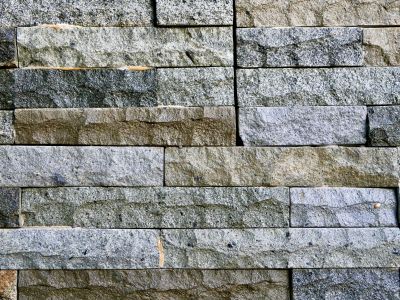
High-end options that actually feel worth it for Faux Stone Siding Installs.
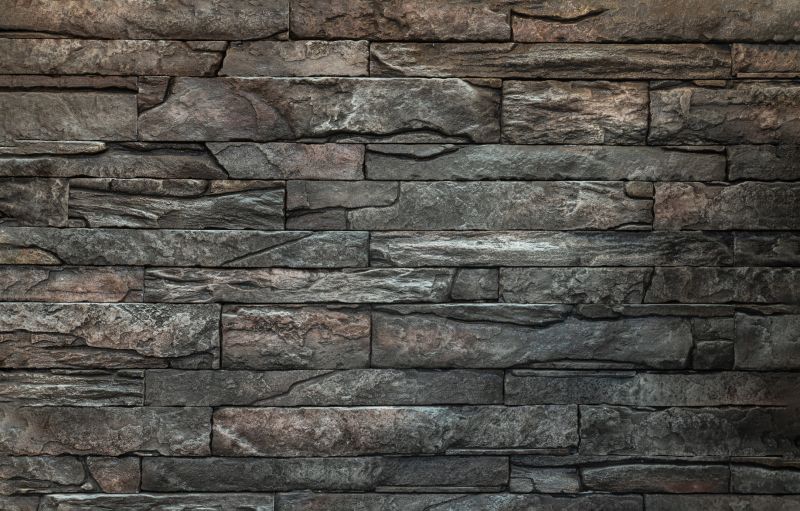
Finishes and colors that play nicely with Faux Stone Siding Installs.
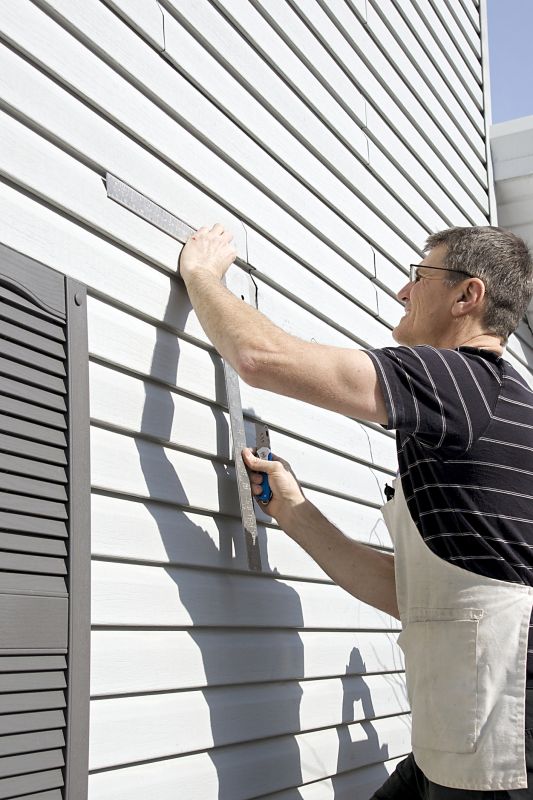
Little measurements that prevent headaches on Faux Stone Siding Installs day.
Faux stone siding is a popular choice for enhancing the aesthetic appeal of buildings, offering the appearance of natural stone with easier installation and maintenance. It is composed of lightweight materials designed to mimic the look and texture of real stone, providing a cost-effective and versatile exterior solution.
Studies indicate that proper installation timing can extend the lifespan of faux stone siding by preventing issues such as cracking, warping, or adhesion failure. The installation process requires specific temperature ranges, generally between 50°F and 85°F, to ensure adhesives cure correctly and materials settle properly.

A 60-second routine that keeps Faux Stone Siding Installs looking new.

A frequent mistake in Faux Stone Siding Installs and how to dodge it.
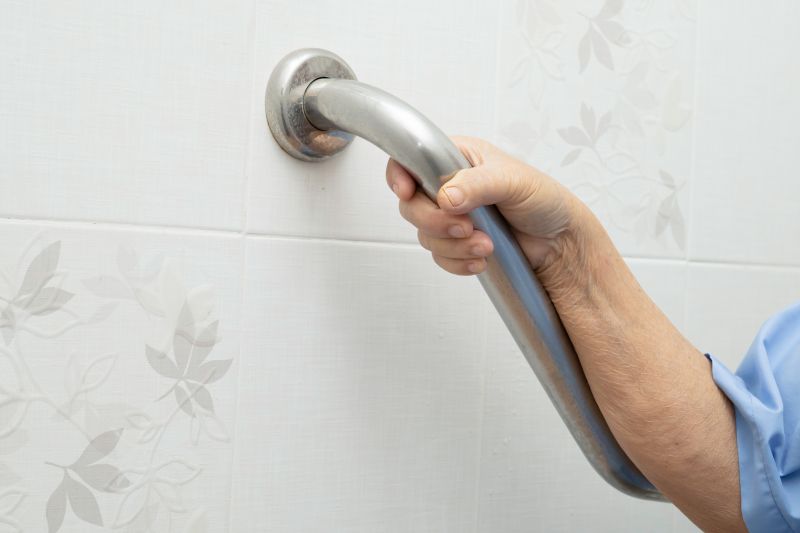
Small tweaks to make Faux Stone Siding Installs safer and easier to use.

Lower-waste or water-saving choices for Faux Stone Siding Installs.

The short, realistic tool list for quality Faux Stone Siding Installs.
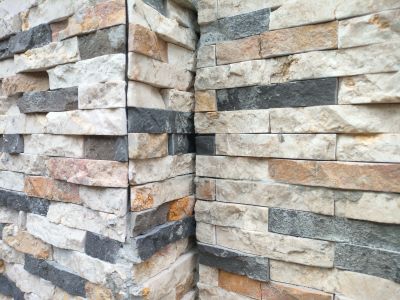
Rough timing from prep to clean-up for Faux Stone Siding Installs.
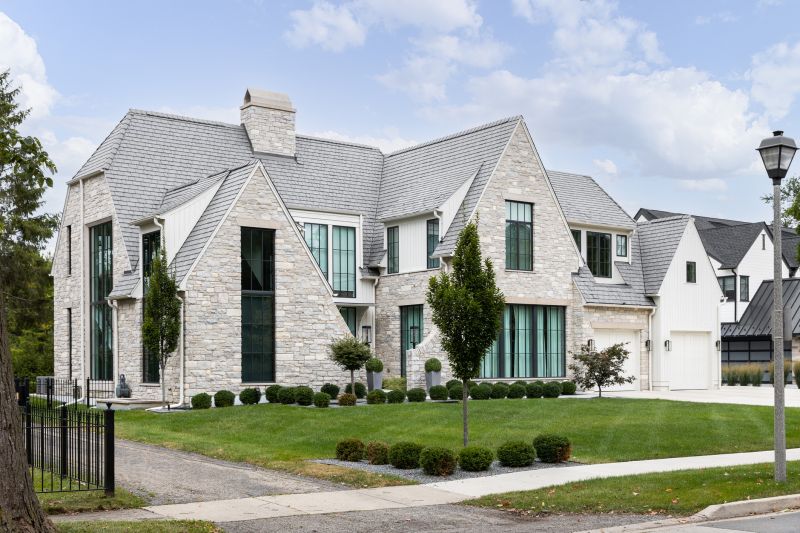
Quick checks and paperwork to keep after Faux Stone Siding Installs.
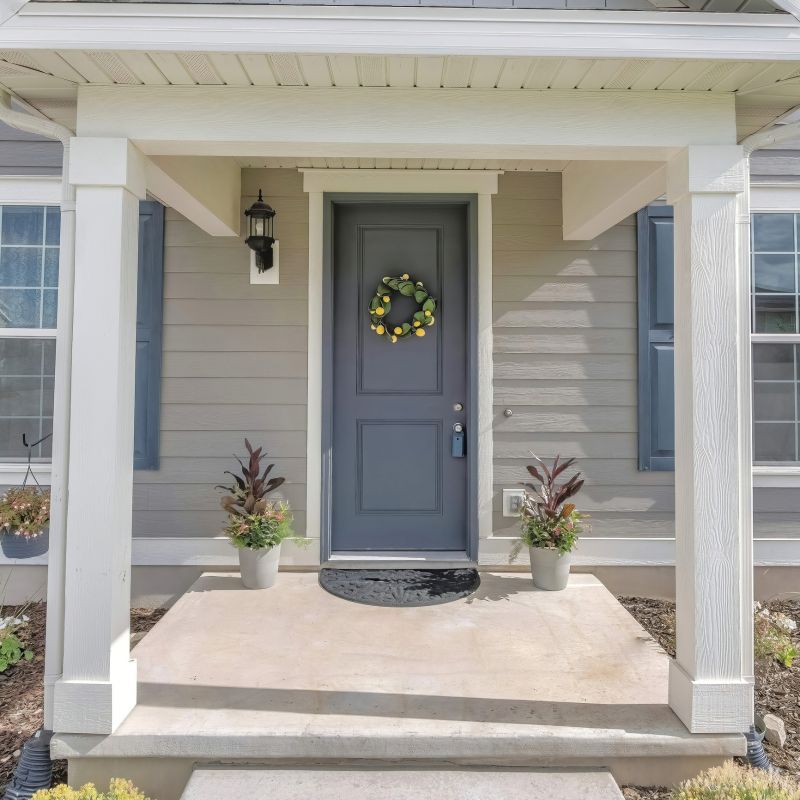
Examples that show the impact a good Faux Stone Siding Installs can make.
| Season | Optimal Conditions |
|---|---|
| Spring | Moderate temperatures, low humidity |
| Summer | Warm and dry, early morning or late afternoon preferred |
| Fall | Cooler temperatures, low humidity |
| Winter | Cold temperatures, generally unsuitable |
| Late Spring | Ideal for installation due to stable weather |
| Early Fall | Good for avoiding temperature extremes |
| Late Summer | Possible, with precautions for heat |
| Early Winter | Not recommended due to cold |
Choosing the right time for faux stone siding installation can influence the durability and appearance of the finished project. Proper planning around seasonal weather patterns ensures adhesion quality and minimizes delays.
Interested in faux stone siding installation? Filling out the contact form can provide more information and help schedule an appropriate timeframe for the project.



